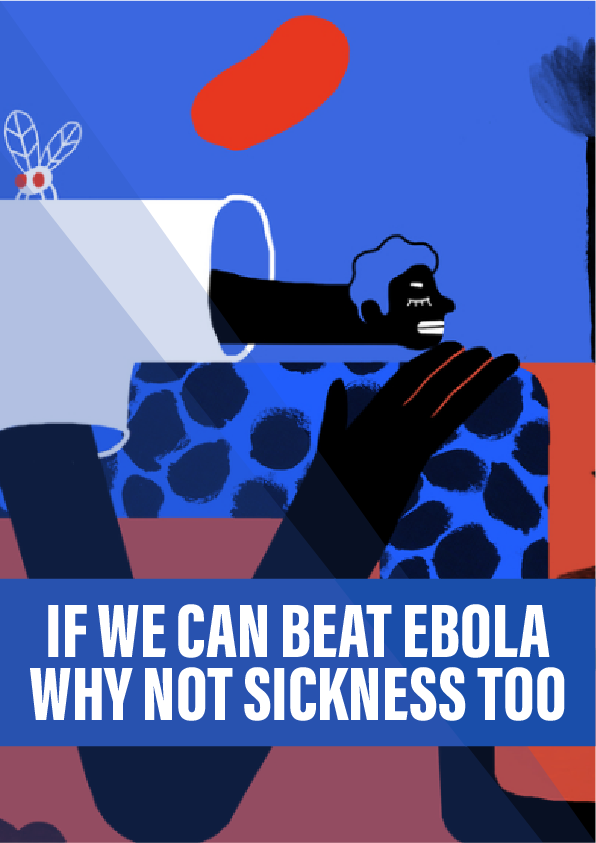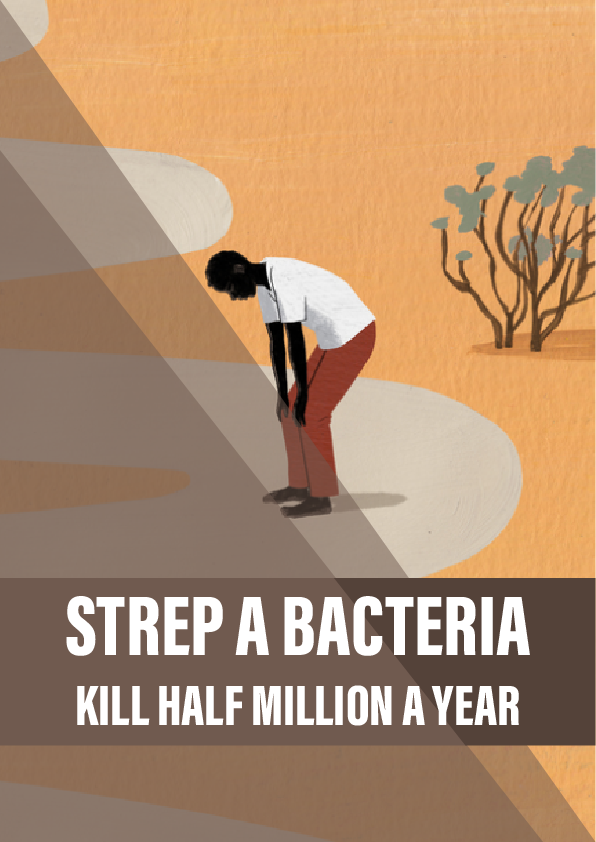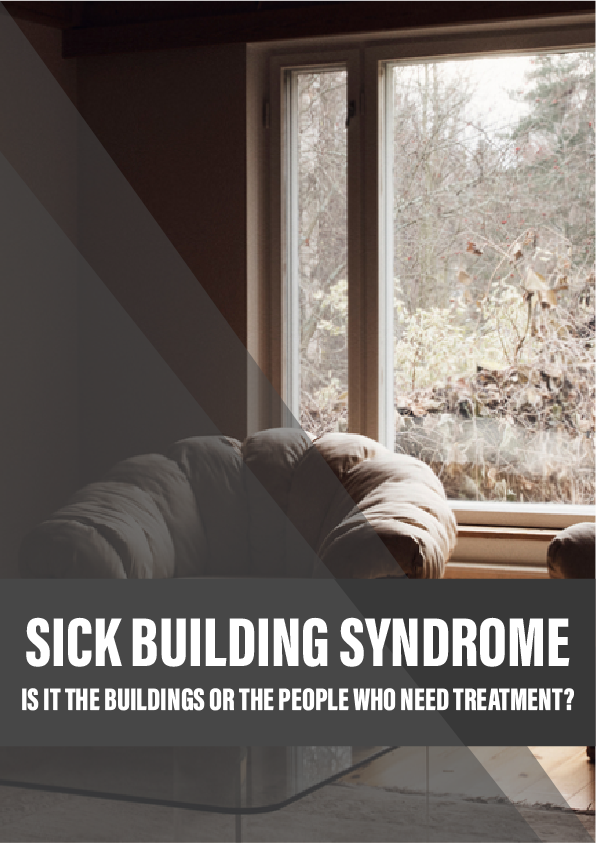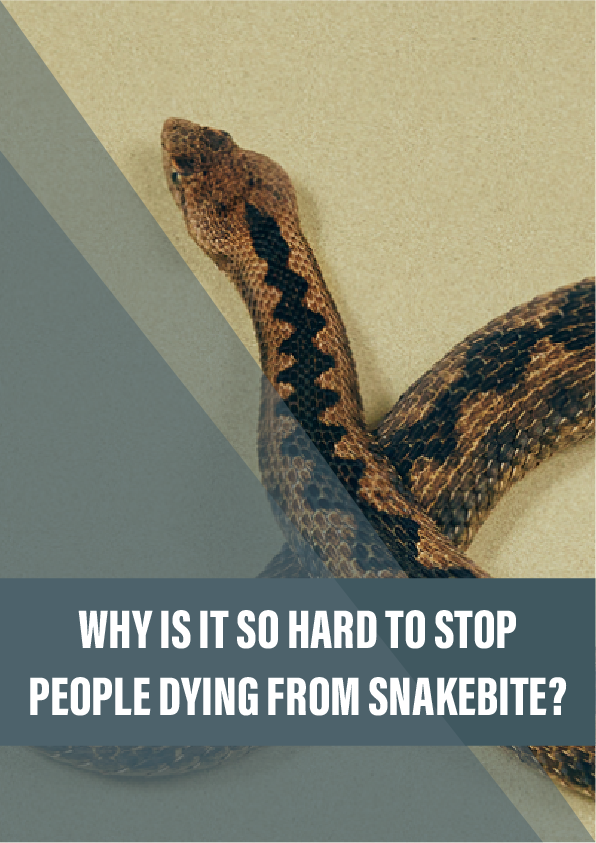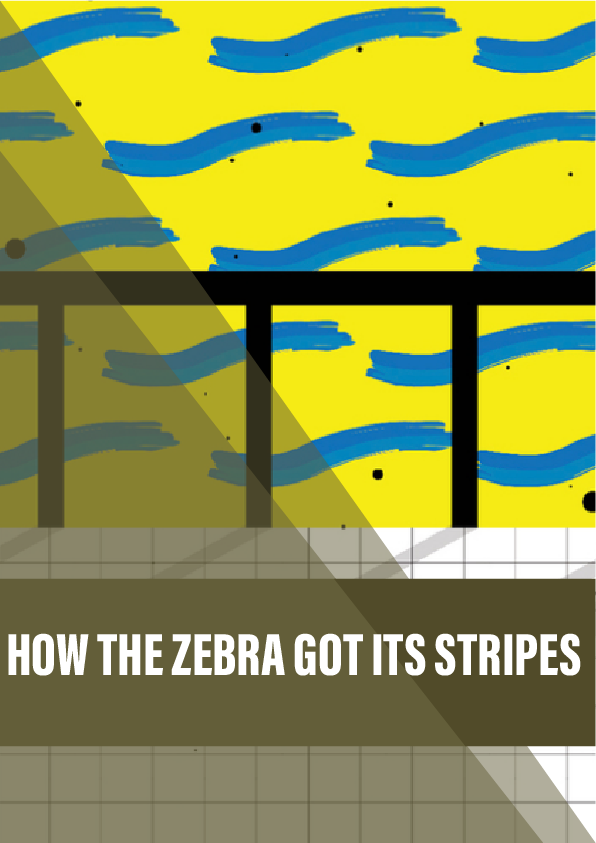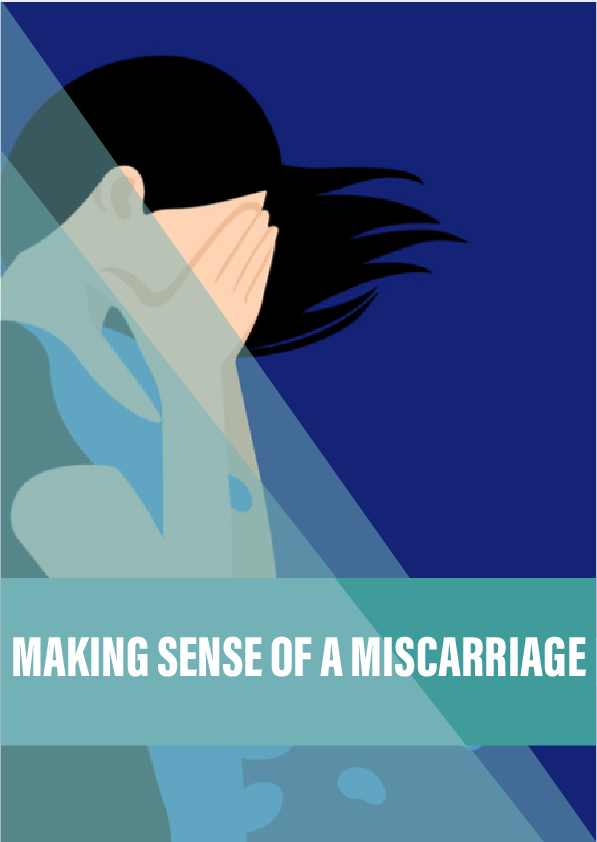A disease that killed millions in the 20th century still lingers – and with it the threat of a new epidemic. Why? The answer may have been staring us in the face all along, as Michael Regnier discovered when he travelled to Guinea with scientists searching for the key to a medical mystery.
The man sits on the edge of the bed, feet touching the floor but incapable of supporting his weight. He doesn’t speak and his eyes stare vacantly ahead, despite the eight or ten people who have crowded in to see him. His mother stands nearby, beside herself with despair. He’s had these symptoms for a year, she tells us. His brother has to carry him on his back at home in their village.
His name is Ibrahima Sory Camara, and he’s in a sleeping sickness clinic in Forécariah, a town in Guinea, West Africa. Camara may be experiencing many other symptoms that he can’t tell anyone about: sleeping sickness can also cause headache, severe itching, apathy, aggression, confusion, insomnia at night, and in the day the overwhelming desire to sleep that gives the disease its common name.
If left untreated, the disease is almost invariably fatal, as the parasite that causes it eventually reaches the brain. But severe cases are rare in Guinea these days. The number has fallen dramatically since the 1990s, thanks to a national programme to catch infections early and to control the flies that spread it. But it seems impossible to get the number all the way to zero – and no one knows why.
Guinea is constantly fighting disease. It was here, in 2013, that the first known victim of the Ebola outbreak died, a two-year-old boy. The ensuing epidemic spread rapidly through the country and its neighbours Liberia and Sierra Leone, eventually killing more than 11,000 people. Guinea was declared Ebola-free in 2016. Yet sleeping sickness, a disease that killed millions in the 20th century, lingers on – as does the threat of a new epidemic. Why?
I met Camara earlier this year when I went to Guinea with a group of scientists who think they may have the answer to this conundrum. If their theory is correct, it would fundamentally change our understanding of this disease. It might explain why sleeping sickness is able to cling on despite the national programme’s best efforts. And it could even lead to a paradigm shift in tactics as Guinea tries to eliminate sleeping sickness for good.
Reference:
- WHO information and resources on sleeping sickness, aka human African trypanosomiasis.
- A 2017 Lancet overview of sleeping sickness.
- A 2017 PLoS article monitoring efforts to eliminate human African trypanosomiasis.
- The case of the man who developed sleeping sickness 29 years after leaving Sierra Leone.
- 2016 article by Annette MacLeod and colleagues on sleeping sickness parasites in the skin.
- Médecins Sans Frontières overview of health in Guinea.
- Article on social mobilisation against Ebola in Guinea.
- Article on fighting Ebola in Tanéné and other Guinean communities.
